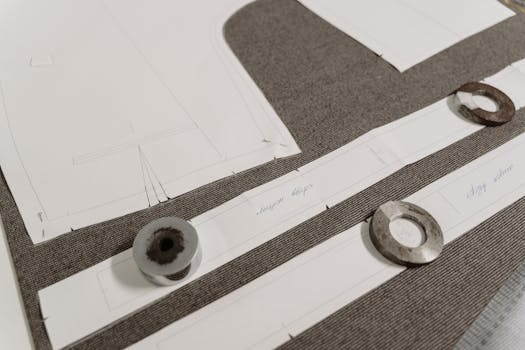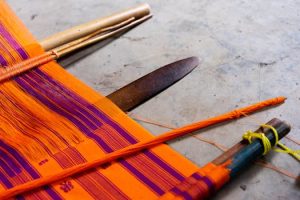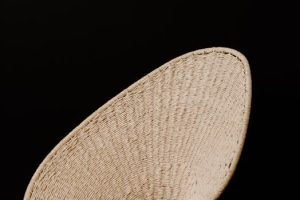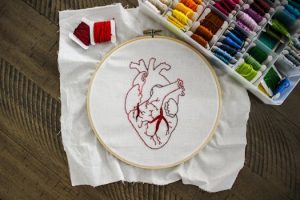Biotechnology Transforms Clothing Production Through Living Materials
Over the years, the fashion industry has been under scrutiny for its negative impact on the environment. From excessive water use and chemical pollution to unsustainable production practices, the industry has contributed greatly to the global environmental crisis. However, with advancements in biotechnology, the traditional methods of clothing production are being transformed.
The Rise of Biotechnology
Biotechnology is the use of living organisms, biological systems, or their derivatives to create or modify products, processes, or organisms for specific purposes. In the fashion industry, this means harnessing the power of microorganisms to grow materials that can be used to make clothing. This innovative approach to fashion production is revolutionizing the way we think about and consume clothing.
Living Materials in Clothing Production
Bacterial Cellulose
One of the most promising living materials in clothing production is bacterial cellulose. Cellulose is the main component of plant cell walls and is also used to make traditional fabrics like cotton. However, bacterial cellulose is produced by bacteria, making it a more sustainable source. It is also much stronger and has a higher water-absorption capacity, making it a desirable material for clothing production.
Several companies are already incorporating bacterial cellulose into their products. One such company is VitroLabs, which uses bacterial cellulose to create sustainable leather-like materials. This means that leather, which is traditionally made from animal hides, can now be replaced by a living material, reducing the environmental impact of the fashion industry.
Mushroom Leather
Another living material that is gaining popularity in the fashion industry is mushroom leather. This material is made from mushroom spores grown on agricultural waste and is completely biodegradable. It has a similar look and feel to traditional leather, making it a suitable alternative for sustainable fashion brands.
In 2018, Stella McCartney partnered with biotechnology company Bolt Threads to release a limited edition collection featuring mushroom leather. The collection received rave reviews and demonstrated the potential of living materials in high-end fashion.
The Benefits of Using Living Materials
Using living materials in clothing production brings several benefits to the fashion industry and the environment. For one, these materials are sustainable and biodegradable, reducing the amount of waste produced by the fashion industry. They also require less water and energy to produce compared to traditional materials like cotton or leather.
Moreover, the production of living materials is done in a controlled lab environment, reducing the need for harmful chemicals and pesticides used in traditional farming methods. This, in turn, reduces the carbon footprint of the fashion industry and improves the overall sustainability of the materials used.
A Sustainable Future for Fashion
The use of living materials in clothing production is just the beginning. With further advancements in biotechnology, it is possible that we could see an entirely new range of sustainable and eco-friendly materials for the fashion industry. These materials could potentially replace harmful synthetic fabrics and reduce the dependence on animal products like leather and fur.
Biotechnology is transforming the way we think about fashion and is paving the way for a more sustainable future. By embracing living materials, the fashion industry can reduce its negative impact on the environment and create a more ethical and eco-friendly way of producing clothing.
Conclusion
As consumers become more conscious of the impact of their purchases, there is a growing demand for sustainable and ethical fashion. Biotechnology offers a solution to this demand by providing innovative ways to produce clothing without harming the environment. With the use of living materials, the future of fashion can be both stylish and sustainable.











